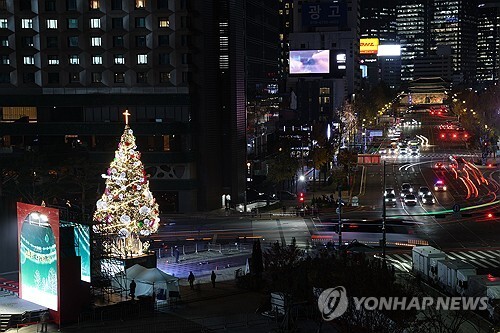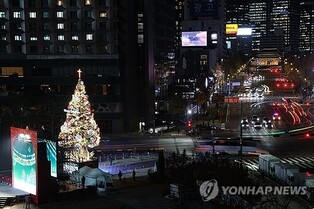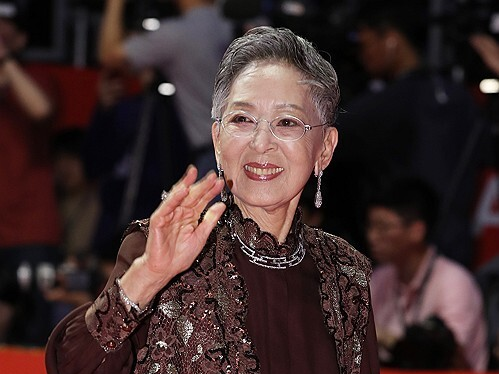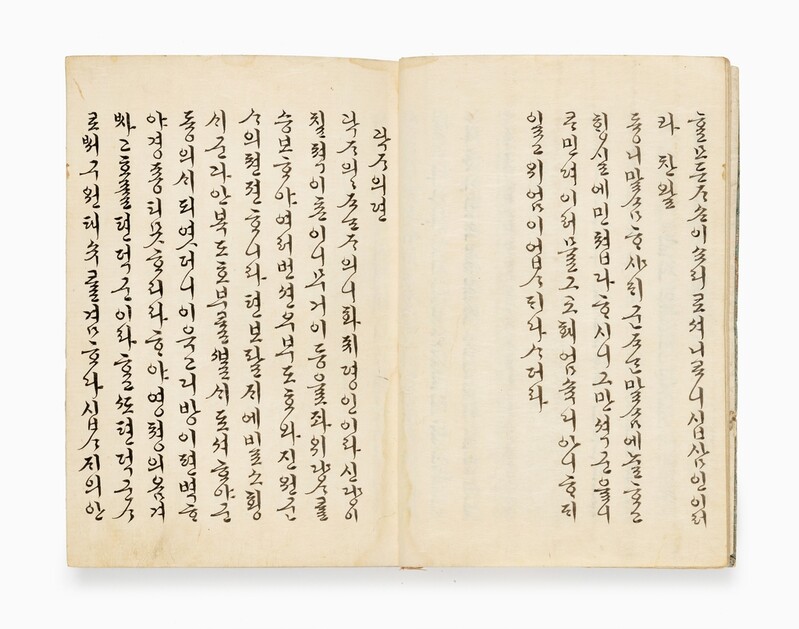 |
| ▲ This photo, provided by National Hangeul Museum, shows the writing of Queen Hyoui, wife of King Jeongjo. (PHOTO NOT FOR SALE) (Yonhap) |
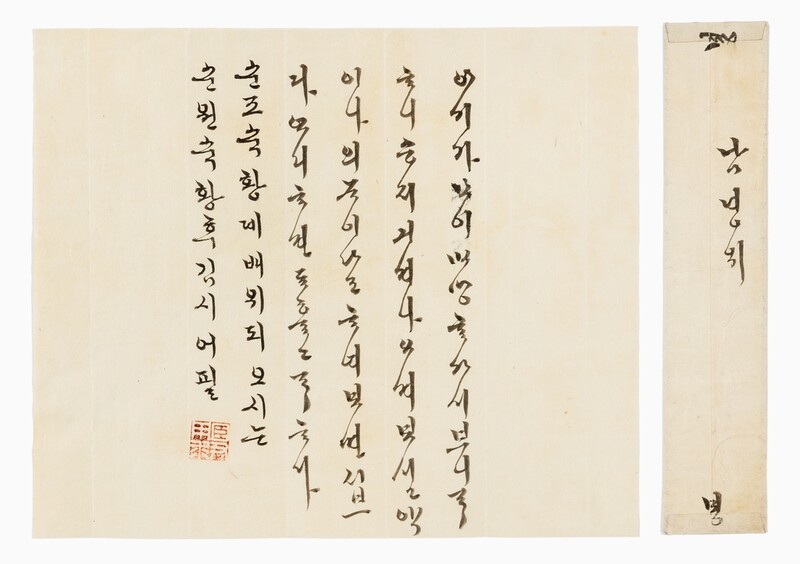 |
| ▲ This photo, provided by National Hangeul Museum, shows the letter Queen Sunwon, wife of King Sunjo wrote to her daughter. (PHOTO NOT FOR SALE) (Yonhap) |
SEOUL, Jan. 31 (Yonhap) -- A study found that the average life expectancy of a Queen in the Joseon Dynasty was 51 years old, and even though she received the best medical support at that time, her lifespan was 6 years shorter than a royal concubine.
According to the researcher, Lee Mi-seon who published a paper in the Association for Korean Historical Studies, the lifespan, and cause of death of Joseon queens and concubines were analyzed to confirm this fact.
Lee compared 46 queens from King Taejo to the year of King Sunjong and 48 of the 175 concubines of the Joseon Dynasty, whose lifespan is accurately identified.
Lee explained that the average life expectancy of royal women was 51 years old as a queen and 57 years as a concubine, which was longer than that of 45 years old, known as the average life expectancy of women for aristocrats in previous studies.
"In the royal family, food, clothing, and shelter would not be in need and the hygiene condition would have been excellent," Lee said. "The court made national efforts to ensure the health and longevity of royal women."
The reason why queens lived shorter than royal concubines was because they lived under mental pressure and stress. Only 18 queens are estimated to have passed their 60th birthday in Joseon Dynasty.
Lee argued that the fact that royal concubines generally lived longer than the queens becomes clearer if 42 additional concubines are reviewed to infer the age of death.
For example, Park, a concubine of King Sejo, is confirmed to have survived until her 80s as there is a record that she became a Buddhist monk at the age of 80, but the age of death cannot be found in the reference.
Lee analyzed that 15.2% of the queens died after the age of 70, while 31.1% of concubines died.
Lee also counted the causes of death of 97 royal women by type. The number of cases recorded simply as "disease" was the most with 17, followed by "death and execution" with 16 people who were killed for political reasons. Eleven women died from "pregnancy and postpartum disease" related to pregnancy or childbirth, and 10 died from lung disease.
Lee explained, "The diseases of royal women included smallpox, infectious diseases, asthma, stroke, and cancer. Four people, including Queen Danui and Changbin Ahn, died suddenly."
Lee also pointed out that the place where the concubine died changed from the palace house in the early Joseon Dynasty to the private house in the later generations.
"The concubine had to go out of the palace when the king she served died. In the early Joseon Dynasty, concubines were gathered to live in one palace to manage comfortably, but when the concubines held a Buddhist event to pray for the king's repose, the royal family reformed the palace,” said Lee.
Lee explained, "The concubines also hoped to die with their children and grandchildren in their private houses rather than in palaces where contact with the outside world was prohibited," adding, "The place of death changed as concubines complied with the Neo-Confucian dominant order rather than Buddhism."
(END)
(C) Yonhap News Agency. All Rights Reserved


















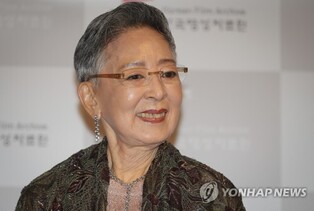

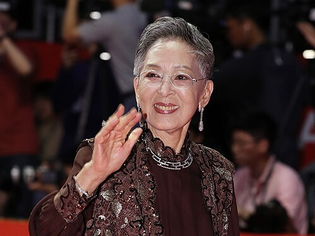
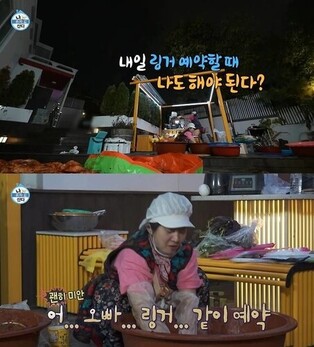
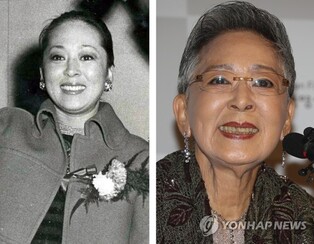
![[가요소식] 지코, 요아소비 이쿠라와 신곡](/news/data/20251212/yna1065624915953509_920_h2.jpg)
